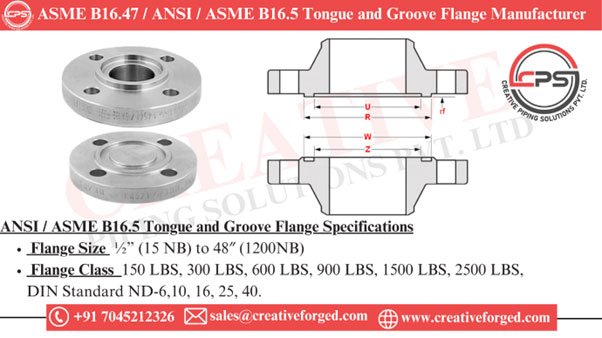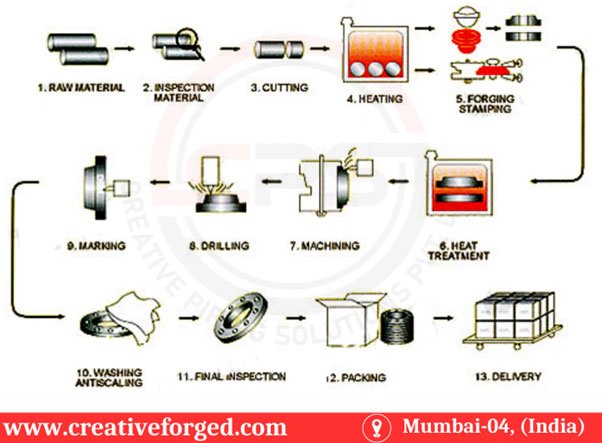
About Tongue & Groove Flange
A Tongue and Groove Flange is a type of pipe flange that features a raised ring or tongue on the face of the flange that fits into a matching groove on the flange facing. This design ensures accurate alignment when assembling and helps to reduce the risk of leakage. It's commonly used in applications where joint integrity and ease of assembly/disassembly are important factors, such as in low-pressure piping systems or in situations where frequent maintenance is required.
The main components of a Tongue and Groove Flange
-
Tongue: This is a raised, cylindrical extension on the face of the flange. It protrudes outward and is designed to fit into the matching groove of the facing flange.
-
Groove: The groove is a recessed, cylindrical feature machined into the face of the flange. It is designed to receive the tongue of the mating flange, creating a tight fit and ensuring proper alignment.
-
Flange Faces: These are the flat surfaces of the flanges where the tongue and groove features are machined. The faces are typically smooth and flat to ensure a proper seal when the tongue fits into the groove.
-
Bolt Holes: Tongue and Groove Flanges, like other types of flanges, have bolt holes arranged around the perimeter. These holes are used to insert bolts that secure the flanges together, compressing the gasket between them to create a tight seal.
-
Gasket: A gasket is placed between the flange faces to ensure a leak-free joint. It is compressed when the bolts are tightened, sealing the connection between the two flanges.
-
Bolts and Nuts: These are used to secure the flanges together. The number and size of bolts depend on the flange size and pressure rating, ensuring adequate joint integrity.


As a premier exporter and distributor, Creative Piping Solutions delivers ANSI/ASME B16.5/B16.47 Small Tongue and Groove Flange to markets Including the USA, UAE, Saudi Arabia, Oman, and Qatar.




